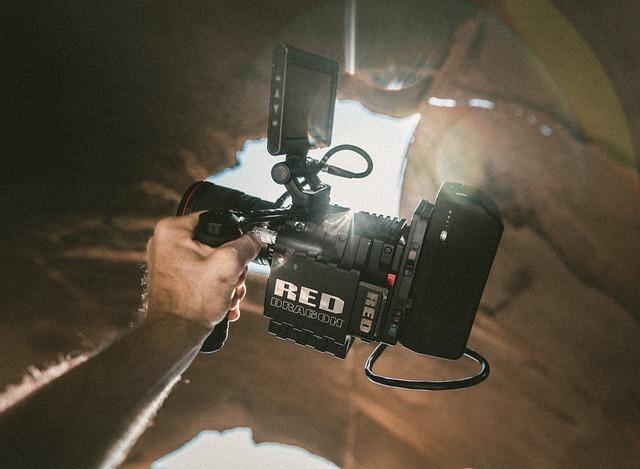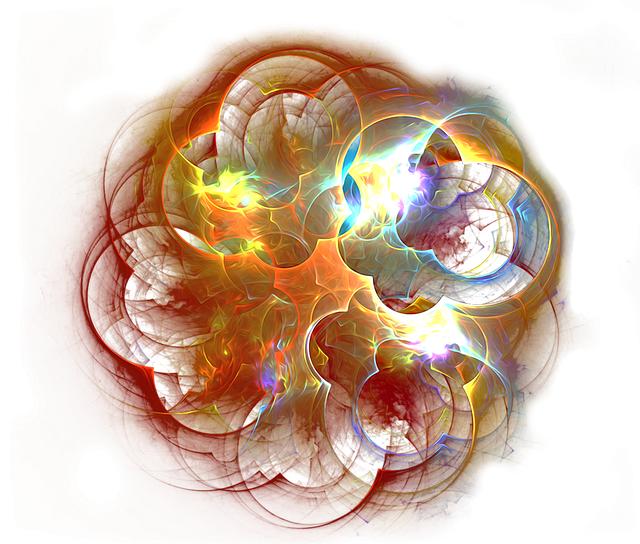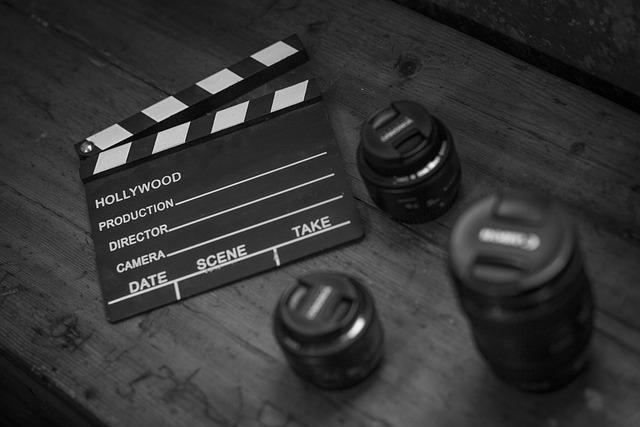In the flickering glow of a theater screen, where imagination once danced with tangible reality, a new debate emerges from the shadows: Is CGI overshadowing the artistry of practical effects in filmmaking? As digital landscapes and pixel-perfect creatures dominate the cinematic realm, the tactile charm of handcrafted illusions seems to teeter on the edge of obscurity. This article delves into the heart of this modern conundrum, exploring whether the rise of computer-generated imagery is a testament to technological evolution or a departure from the tactile magic that once defined the silver screen. Join us as we navigate the delicate balance between innovation and tradition in the ever-evolving world of film.
Balancing Pixels and Props: A Filmmakers Dilemma
In the ever-evolving world of filmmaking, the debate between CGI and practical effects continues to ignite passionate discussions. While computer-generated imagery offers limitless possibilities, allowing filmmakers to create breathtaking worlds and seamless visuals, it often raises questions about authenticity and tactile storytelling. Practical effects, on the other hand, bring a tangible quality that resonates with audiences, providing a sense of realism that CGI sometimes struggles to capture.
- Immersion: Practical effects can immerse viewers by engaging multiple senses.
- Cost: CGI can be both a cost-saver and a budget-breaker, depending on its use.
- Time: Crafting intricate practical effects can be time-consuming, while CGI can streamline production timelines.
- Innovation: Both methods drive technological advancements, pushing the boundaries of what’s possible in cinema.
Striking a balance between these two methods often defines a film’s success, with directors and producers carefully choosing when to opt for the magic of pixels and when to rely on the raw authenticity of props. The key lies in using each tool to complement the other, creating a harmonious blend that enhances the narrative rather than overshadowing it.

The Evolution of Illusion: Merging Tradition with Technology
The journey of cinematic magic has always been a dance between the tangible and the virtual. Practical effects—from meticulously crafted miniatures to ingenious animatronics—have long served as the backbone of movie magic. These tactile elements invite audiences into a world that feels authentic and textured. Yet, with the advent of CGI, a new realm of possibilities has opened up, allowing filmmakers to create scenes previously unimaginable. But has this digital revolution overshadowed the artistry of traditional methods?
- Craftsmanship vs. Convenience: Practical effects demand time, skill, and often a touch of serendipity, whereas CGI offers the allure of precision and adaptability.
- Hybrid Approaches: Many filmmakers are now blending both techniques, using CGI to enhance practical effects, creating a more immersive experience.
- Nostalgia Factor: There’s a certain nostalgia attached to traditional effects, a reminder of cinema’s golden age, that CGI sometimes struggles to replicate.
In this evolving landscape, the challenge lies not in choosing one over the other, but in finding harmony—a synthesis where tradition and technology coexist to elevate storytelling.

Crafting the Future: Preserving the Legacy of Practical Effects
In an era dominated by digital wizardry, the tactile charm of practical effects is often overshadowed. Yet, these tangible techniques continue to hold a unique allure, offering filmmakers a chance to create magic in the physical world. From the intricate artistry of miniature models to the visceral impact of animatronics, practical effects are more than just cinematic tools—they’re a craft honed over decades. As technology advances, preserving this legacy requires a conscious effort to blend the old with the new, ensuring that the authenticity of practical effects isn’t lost amidst the pixels.
To maintain this delicate balance, filmmakers are exploring innovative approaches, such as:
- Hybrid Techniques: Combining CGI with practical elements to achieve a seamless visual experience.
- Revival of Traditional Skills: Investing in workshops and training programs to keep the craftsmanship alive.
- Collaborative Storytelling: Encouraging dialogue between digital artists and practical effects specialists to enhance creativity.
By embracing these strategies, the film industry can continue to craft immersive worlds that honor the artistry of both past and present.

Guiding the Lens: Recommendations for Harmonizing CGI and Reality
Striking the perfect balance between CGI and practical effects is an art form in itself, requiring a nuanced approach to filmmaking. To achieve this harmony, filmmakers can consider a few key recommendations:
- Enhance, Don’t Overwhelm: Use CGI to complement practical effects rather than overshadow them. Let CGI fill in the gaps where practical effects fall short, ensuring a seamless blend.
- Embrace Collaboration: Encourage open dialogue between CGI artists and practical effects teams. This collaboration fosters innovation and ensures both elements serve the story.
- Prioritize Storytelling: Always let the narrative dictate the use of effects. Whether digital or practical, the primary goal should be to enhance the storytelling experience.
- Invest in Realism: Strive for a realistic look in CGI by incorporating natural imperfections. This can help maintain the authenticity that practical effects inherently possess.
By thoughtfully integrating these strategies, filmmakers can craft visually stunning works that honor the legacy of practical effects while embracing the boundless possibilities of CGI.

